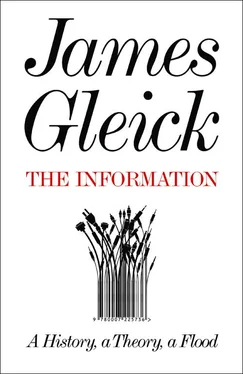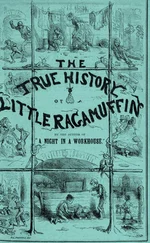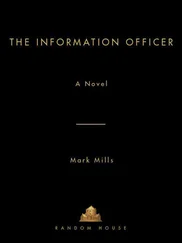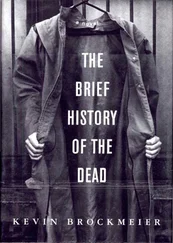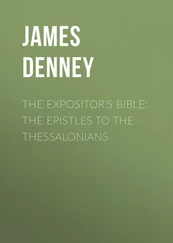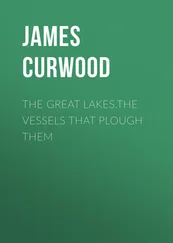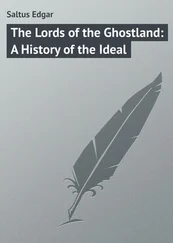For a long time Europeans in sub-Saharan Africa had no idea. In fact they had no idea that the drums conveyed information at all. In their own cultures, in special cases a drum could be an instrument of signaling, along with the bugle and the bell, used to transmit a small set of messages: attack; retreat; come to church . But they could not conceive of talking drums. In 1730 Francis Moore sailed eastward up the Gambia River, finding it navigable for six hundred miles, all the way admiring the beauty of the country and such curious wonders as “oysters that grew upon trees” (mangroves). He was not much of a naturalist. He was reconnoitering as an agent for English slavers in kingdoms inhabited, as he saw it, by different races of people of black or tawny colors, “as Mundingoes, Jolloiffs, Pholeys, Floops, and Portuguese.” When he came upon men and women carrying drums, carved wood as much as a yard long, tapered from top to bottom, he noted that women danced briskly to their music, and sometimes that the drums were “beat on the approach of an enemy,” and finally, “on some very extraordinary occasions,” that the drums summoned help from neighboring towns. But that was all he noticed.
A century later, Captain William Allen, on an expedition to the Niger River, 1 made a further discovery, by virtue of paying attention to his Cameroon pilot, whom he called Glasgow. They were in the cabin of the iron paddle ship when, as Allen recalled:
Suddenly he became totally abstracted, and remained for a while in the attitude of listening. On being taxed with inattention, he said, “You no hear my son speak?” As we had heard no voice, he was asked how he knew it. He said, “Drum speak me, tell me come up deck.” This seemed to be very singular.
The captain’s skepticism gave way to amazement, as Glasgow convinced him that every village had this “facility of musical correspondence.” Hard though it was to believe, the captain finally accepted that detailed messages of many sentences could be conveyed across miles. “We are often surprised,” he wrote, “to find the sound of the trumpet so well understood in our military evolutions; but how far short that falls of the result arrived at by those untutored savages.” That result was a technology much sought in Europe: long-distance communication faster than any traveler on foot or horseback. Through the still night air over a river, the thump of the drum could carry six or seven miles. Relayed from village to village, messages could rumble a hundred miles or more in a matter of an hour.
A birth announcement in Bolenge, a village of the Belgian Congo, went like this:
Batoko fala fala, tokema bolo bolo, boseka woliana imaki tonkilingonda, ale nda bobila wa fole fole, asokoka l’isika koke koke .
The mats are rolled up, we feel strong, a woman came from the forest, she is in the open village, that is enough for this time.
A missionary, Roger T. Clarke, transcribed this call to a fisherman’s funeral:
La nkesa laa mpombolo, tofolange benteke biesala, tolanga bonteke bolokolo bole nda elinga l’enjale baenga, basaki l’okala bopele pele. Bojende bosalaki lifeta Bolenge wa kala kala, tekendake tonkilingonda, tekendake beningo la nkaka elinga l’enjale. Tolanga bonteke bolokolo bole nda elinga l’enjale, la nkesa la mpombolo .
In the morning at dawn, we do not want gatherings for work, we want a meeting of play on the river. Men who live in Bolenge, do not go to the forest, do not go fishing. We want a meeting of play on the river, in the morning at dawn.
Clarke noted several facts. While only some people learned to communicate by drum, almost anyone could understand the messages in the drumbeats. Some people drummed rapidly and some slowly. Set phrases would recur again and again, virtually unchanged, yet different drummers would send the same message with different wording. Clarke decided that the drum language was at once formulaic and fluid. “The signals represent the tones of the syllables of conventional phrases of a traditional and highly poetic character,” he concluded, and this was correct, but he could not take the last step toward understanding why.
These Europeans spoke of “the native mind” and described Africans as “primitive” and “animistic” and nonetheless came to see that they had achieved an ancient dream of every human culture. Here was a messaging system that outpaced the best couriers, the fastest horses on good roads with way stations and relays. Earth-bound, foot-based messaging systems always disappointed. Their armies outran them. Julius Caesar, for example, was “very often arriving before the messengers sent to announce his coming,” as Suetonius reported in the first century. The ancients were not without resources, however. The Greeks used fire beacons at the time of the Trojan War, in the twelfth century BCE, by all accounts—that is, those of Homer, Virgil, and Aeschylus. A bonfire on a mountaintop could be seen from watchtowers twenty miles distant, or in special cases even farther. In the Aeschylus version, Clytemnestra gets the news of the fall of Troy that very night, four hundred miles away in Mycenae. “Yet who so swift could speed the message here?” the skeptical Chorus asks.
She credits Hephaestus, god of fire: “Sent forth his sign; and on, and ever on, beacon to beacon sped the courier-flame.” This is no small accomplishment, and the listener needs convincing, so Aeschylus has Clytemnestra continue for several minutes with every detail of the route: the blazing signal rose from Mount Ida, carried across the northern Aegean Sea to the island of Lemnos; from there to Mount Athos in Macedonia; then southward across plains and lakes to Macistus; Messapius, where the watcher “saw the far flame gleam on Euripus’ tide, and from the high-piled heap of withered furze lit the new sign and bade the message on”; Cithaeron; Aegiplanetus; and her own town’s mountain watch, Arachne. “So sped from stage to stage, fulfilled in turn, flame after flame,” she boasts, “along the course ordained.” A German historian, Richard Hennig, traced and measured the route in 1908 and confirmed the feasibility of this chain of bonfires. The meaning of the message had, of course, to be pre arranged, effectively condensed into a single bit. A binary choice, something or nothing: the fire signal meant something , which, just this once, meant “Troy has fallen.” To transmit this one bit required immense planning, labor, watchfulness, and firewood. Many years later, lanterns in Old North Church likewise sent Paul Revere a single precious bit, which he carried onward, one binary choice: by land or by sea.
More capacity was required, for less extraordinary occasions. People tried flags, horns, intermitting smoke, and flashing mirrors. They conjured spirits and angels for purposes of communication—angels being divine messengers, by definition. The discovery of magnetism held particular promise. In a world already suffused with magic, magnets embodied occult powers. The lodestone attracts iron. This power of attraction extends invisibly through the air. Nor is it interrupted by water or even solid bodies. A lodestone held on one side of a wall can move a piece of iron on the other side. Most intriguing, the magnetic power appears able to coordinate objects vast distances apart, across the whole earth: namely, compass needles. What if one needle could control another? This idea spread—a “conceit,” Thomas Browne wrote in the 1640s,
whispered thorow the world with some attention, credulous and vulgar auditors readily believing it, and more judicious and distinctive heads, not altogether rejecting it. The conceit is excellent, and if the effect would follow, somewhat divine; whereby we might communicate like spirits, and confer on earth with Menippus in the Moon.
Читать дальше
